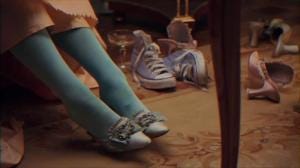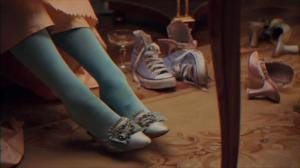MARIE ANTOINETTE
Costume design for film is by turns a beguiling, frustrating and even banal form of creativity. It is the convergence of style and storytelling, yet it is often held in a different regard to score, editing, lighting, sound and directing. Perhaps this is on account of its tainted association with the fashion wor…
Keep reading with a 7-day free trial
Subscribe to Cinema Year Zero to keep reading this post and get 7 days of free access to the full post archives.





